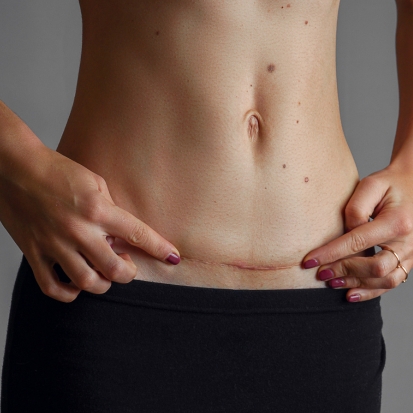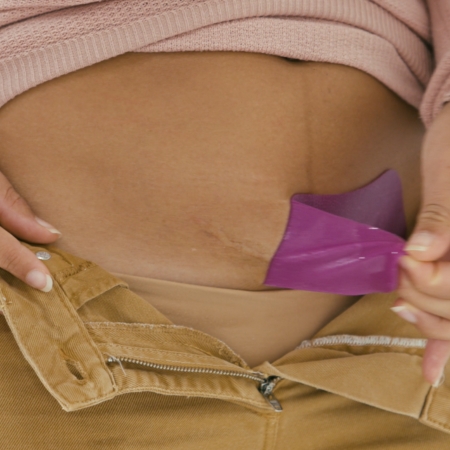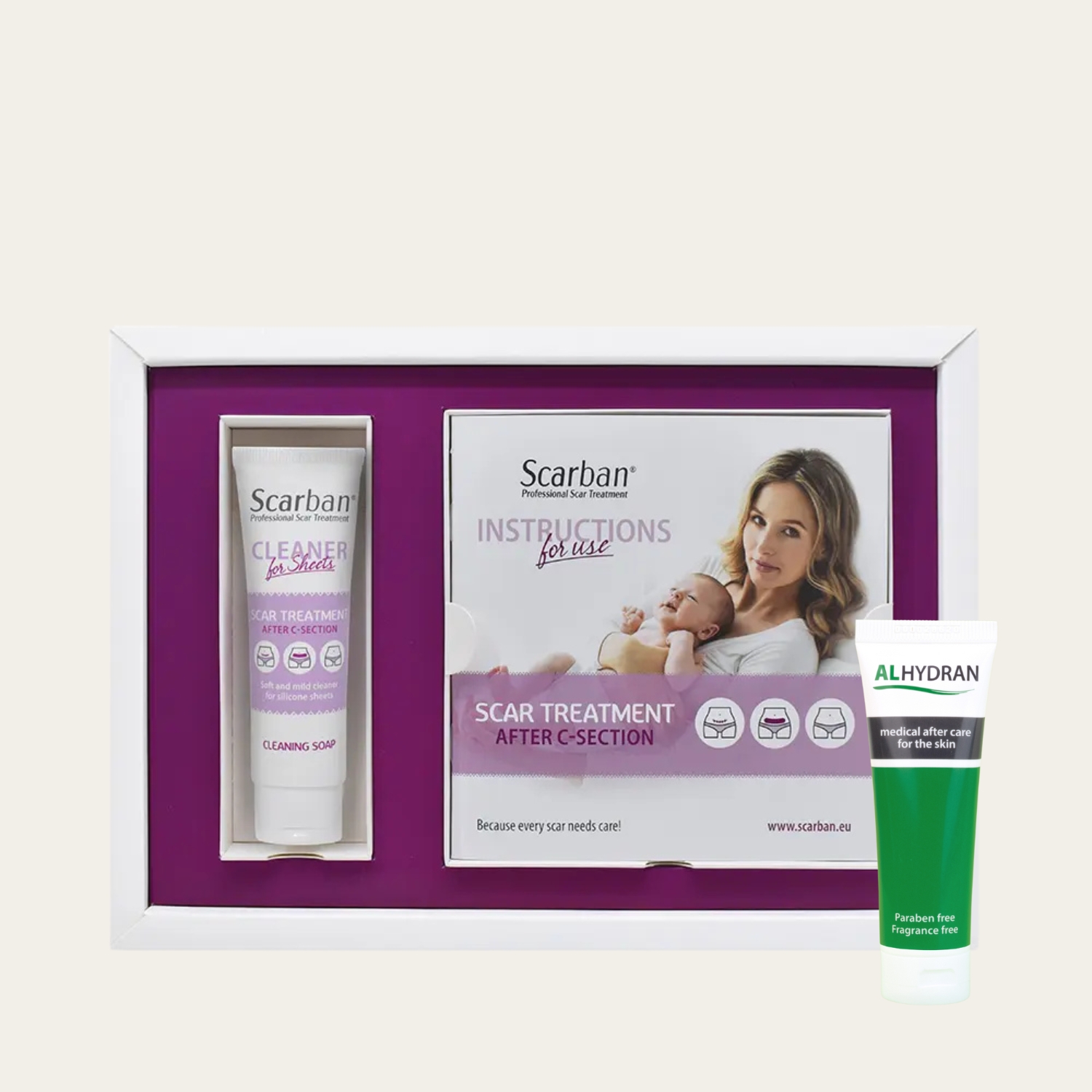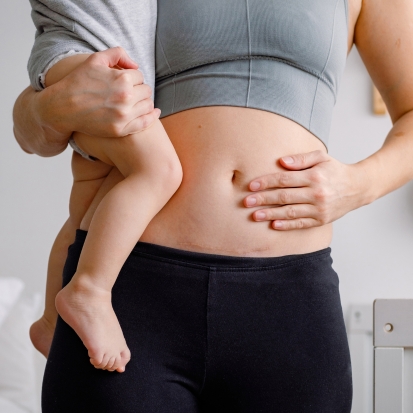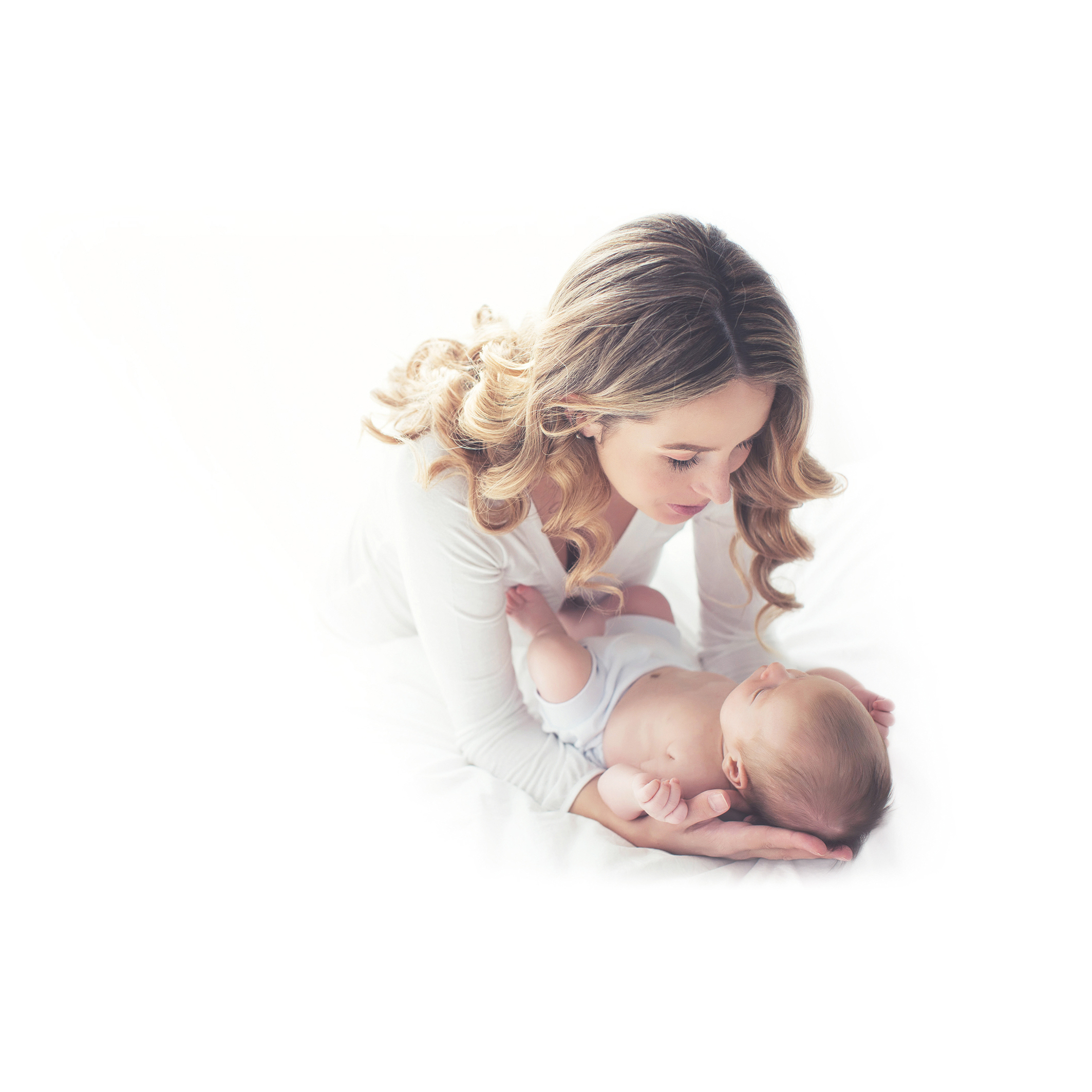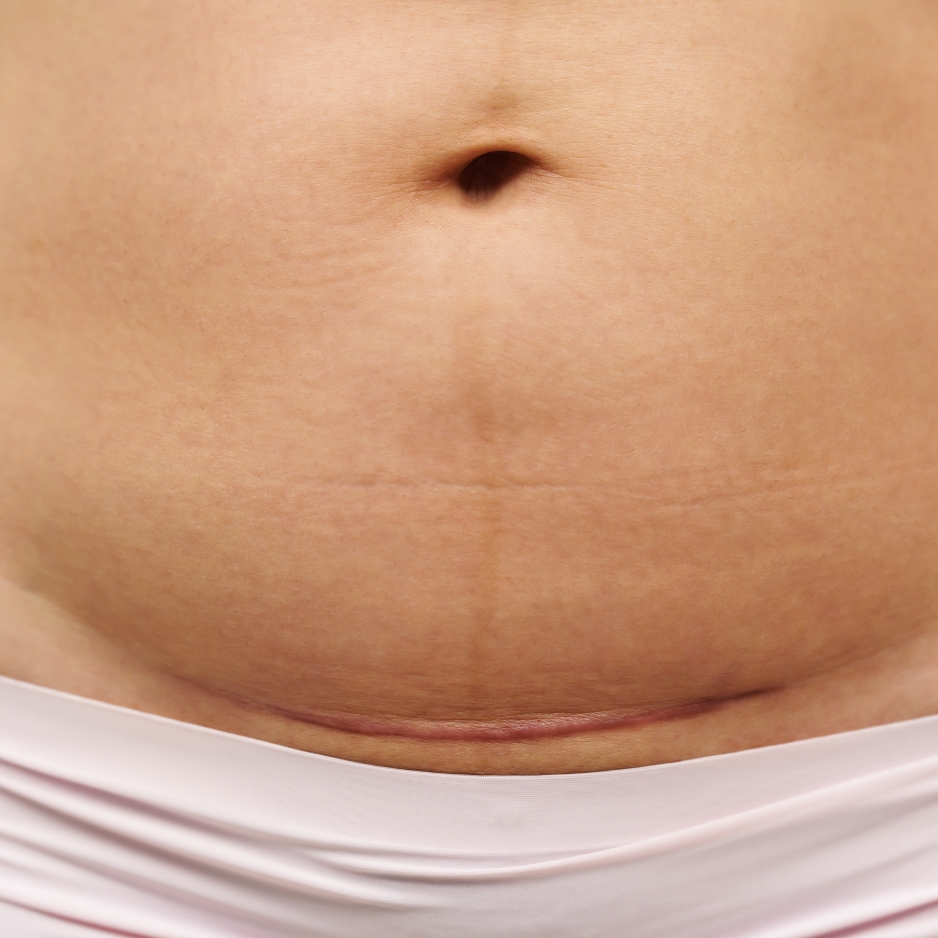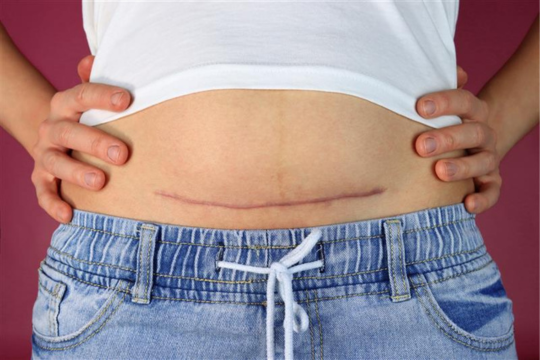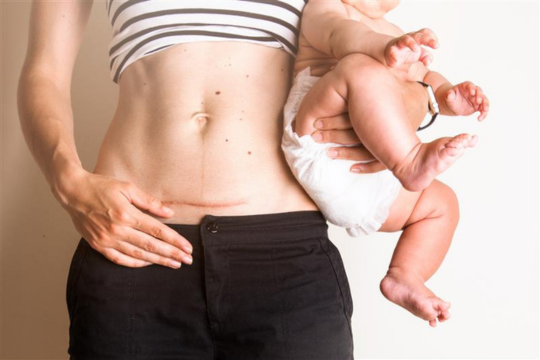C-section recovery: A week-by-week guide for UK mums

If you have had a caesarean section, this is a major surgery, and recovery takes time. Every woman's experience is different, but understanding what happens week by week can help you feel more prepared. This guide covers the key stages of C-section recovery in the UK, from your hospital stay to getting back on your feet.
Week 1: Rest and initial healing
The first few days after a C-section can feel overwhelming, as your body begins to heal. For a non-complicated C-section, most women stay in the hospital for one to four days. However, if there have been complications or your recovery is slower, your stay may be longer.
What to expect
- Pain and tenderness around your incision.
- Vaginal bleeding (lochia), even after a C-section.
- Swelling and discomfort in your abdomen.
- Possible constipation and difficulty with bowel movements.
- Initial challenges with breastfeeding due to positioning and incision discomfort.


What you can do
- Take pain relief as advised by your doctor.
- Try to start moving gently. Walking after a C-section is good for you as it helps prevent blood clots, so short trips to the bathroom are a good start.
- Support your incision when you cough, laugh, or move from a lying to a sitting position. Tip: For better support, firmly hold your incision with your hands or a small pillow before coughing.
-
Stay hydrated (you can drink water as soon as you feel thirsty) and eat fibre-rich foods to help with digestion, such as: fruits, vegetables, whole grains, nuts and seeds. A light meal is usually fine two hours after surgery, but avoid overeating as your bowel needs time to recover.
-
Try different breastfeeding positions such as side-lying or the rugby hold to reduce pressure on your abdomen.
Scar care
-
You can shower after a C-section once your doctor says it’s safe, because it differs from individual to individual.
- Once your dressing is removed, clean and dry your wound thoroughly every day with plain water (no soaps or oils), do not have a bath i.e. submerge your wound fully in water for two weeks, you may shower and allow the water to run on your wound, do not scrub or massage.
- After having a shower pat dry your wound with a clean towel, separate from the one you have used to dry your body Do not touch your wound unless it is necessary and you have thoroughly washed your hands.
-
Avoid baths. Most doctors recommend waiting at least six weeks.
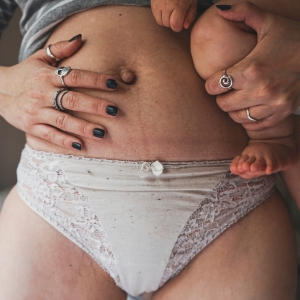

Week 2: Managing discomfort and increasing movement
By the second week, some discomfort is normal, but you may start to feel a little stronger. Your incision is still healing, and you might notice mild itching or tightness.
What to expect
- Some pain and discomfort, especially when moving.
- Dissolving stitches are beginning to break down.
- Emotional ups and downs, often called the "baby blues".
What you can do
- Gradually increase your activity—short walks around the house or garden can help.
- Adjust sitting positions to find what feels comfortable.
- Avoid lifting anything heavier than your baby.
- Listen to your body—if an activity causes pain, stop and rest.
Scar care
-
Keep your wound clean and dry.
Week 3-4: Moving more and gaining strength
By now, you might feel more mobile, but it’s still important to be careful.
What to expect
- Some tenderness around your scar, but less daily discomfort.
- You may be able to lay on your side after a C-section without pain.
- Your energy levels may start improving.
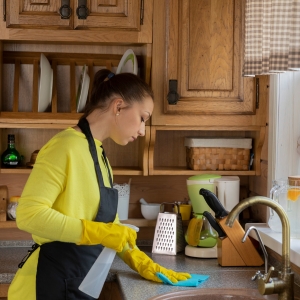

What you can do
- Begin light housework after a C-section, but avoid anything too strenuous.
- Walk a little more each day, but don't overdo it.
Scar care
-
Keep monitoring your C-section scar for any signs of infection.
-
Scarban C-Section silicone sheets can help soften and flatten the scar over time. Please ensure that your scar is fully closed, with no stitches or staples, and no signs of infection.
-
Scar massage at this stage can help improve healing and reduce discomfort. The incision is beginning to heal, but the tissue underneath may still feel tight or sensitive. The video below offers helpful instructions on how to massage your C-section scar from week 4 onwards.
This video is used with permission from Hannah Poulton - HLP Therapy limited
- For comprehensive guidance on scar management and recovery tips, request your free Scar Guide here.


Week 5-6: Returning to normal activities
By week six, many women feel much more like themselves, even though internal healing is still happening.
What to expect
- Your C-Section postpartum belly week by week will continue to change, but some swelling may remain.
- You might be cleared to start gentle exercise.
- Some occasional scar sensitivity is normal.
What you can do
- Start low-impact exercises like walking, stretching, or light pelvic floor exercises.
- Doctors usually advise waiting at least six weeks before resuming sexual activity, but it depends on how well your body is healing. Always check with your healthcare provider for personal guidance.
- It’s recommended to wait at least six weeks before driving or cycling to ensure full abdominal strength and mobility. Keep check with your insurance provider.
- If your scar feels tight or uncomfortable, gentle massage can help. Watch the video to discover massage techniques you can start using from week 6.
This video is used with permission from Hannah Poulton - HLP Therapy limited
Scar care
-
If you haven’t already, you can now start using Scarban C-section Recovery Kit for improved scar healing provided if your skin is dry, scab and infection-free.
- Keep your scar protected from direct sunlight.
Beyond 6 weeks: Long-term recovery
Even though you’re past the six-week mark, your scar and the rest of your body are still healing internally.
What to expect
- You may still experience occasional discomfort around your scar.
- It can take several months for your C-section internal stitches to fully dissolve.
- You might still have some weakness in your core muscles.
What you can do
- Gradually increase exercise intensity, but listen to your body.
- Continue wearing comfortable clothing that doesn’t put pressure on your scar.
- Keep an eye on your scar—if it remains raised, red, or itchy, silicone sheets can still help improve healing.
How Scarban C-Section helps with your scar recovery
Good scar care can make a big difference in how your C-section scar heals. Scarban C-Section silicone sheets help by:
- Keeping the scar hydrated, reducing redness and itching and softening and flattening the scar over time.
- Providing UV protection to prevent darkening and Reducing discomfort and tightness in the healing skin.
- Wearing a silicone sheet for at least 12 hours per day over several months can significantly improve scar appearance.
- As per the product instructions for use - When used and maintained correctly, each Scarban pack provides 6 to 8 weeks of scar therapy.
When to contact your doctor
Call your GP if you experience:
-
Severe pain that isn’t improving.
-
Signs of infection—redness, swelling, warmth, or discharge from your scar.
-
Heavy bleeding or large blood clots.
-
Any concerns about your recovery.
Final thoughts
Your recovery after C-section week-by-week UK is a gradual process, and every woman heals at her own pace. Taking care of yourself, following your doctor’s advice, and giving your body time to recover will all help.
If you’d like to read how other mums experienced their recovery after a C-section, visit this Mumsnet discussion thread where women share honest and personal recovery journeys.
If you are looking for ways to support your healing, Scarban C-Section silicone sheets offer an easy and effective option.
References
- BAP Medical. (2022). Scarban Guide. (2023). How to treat scars. BAP Medical.
- Blackwater Law. (2023). Symptoms of a bowel injury after a C-Section.
- C-Section UK. (2025). Using silicone scar therapy for C-section recovery. C-Section UK.
- Dorset County Hospital NHS Foundation Trust. (2022). Breathing exercises and moving after abdominal surgery.
- La Leche League GB. (z.d.). Caesarean birth and breastfeeding.
- Liverpool Women's NHS Foundation Trust. (n.d.). Caring for my C-section wound.
- Milton Keynes University Hospital. (2023). Caring for your wound after a C-Section.
- National Health Service (NHS). (2023). Caesarean section recovery.
- National Childbirth Trust (NCT). (2023). Caesarean birth recovery and practicalities.
- NHS. (n.d.). Breastfeeding positions. NHS Start for Life.
- Tommy’s. (2023). Recovery after a caesarean section.
About the Author

Categories


